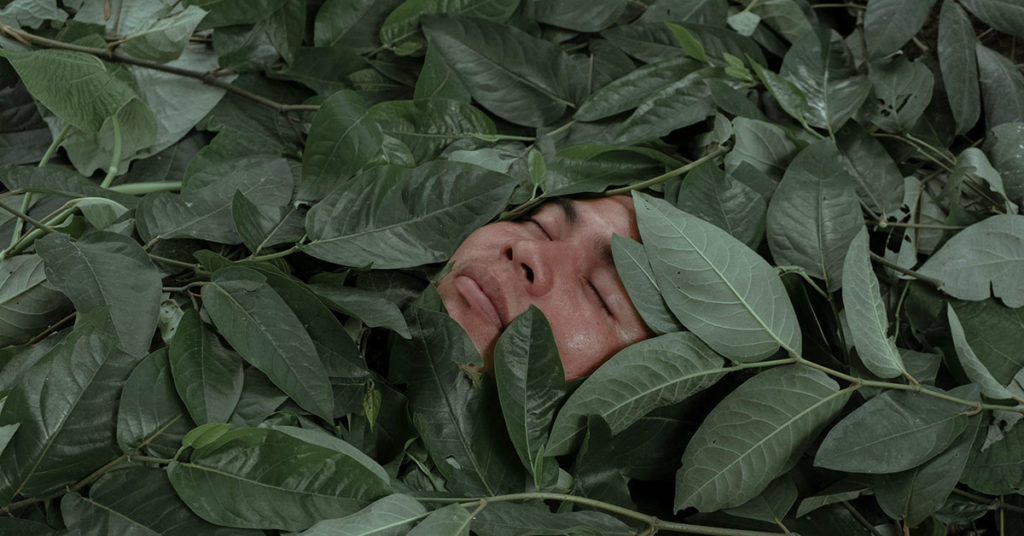The Latin American Foto Festival 2021 opens with a reception at the Bronx Documentary Center in Melrose, The Bronx on Thursday, July 15, 2021 from 6-9pm. The exhibition continues there and at large-scale street installations (map) around Melrose through August 1, 2021. FREE bronxdoc.org 🇦🇷🇨🇱🇨🇴🇸🇻🇲🇽🇵🇪🇻🇪
The exhibition is curated by Michael Kamber and Cynthia Rivera. Large format street installations are produced by Photoville.
The photographer’s may not be household names, but many work for National Geographic or other world-class institutions. These are accomplished artists and the work throughout is excellent. Some of the photographs are surreal because Latin American life can be surreal. Magical realism isn’t a literary construct, it is the real magic of daily life in the Latin world.
The last year has been hard on everyone, and perhaps especially difficult in Latin America. We cherish our European heritage in many ways, but the colonizer’s dysfunctional social, political and economic systems are failing us terribly now.
But evil only has power while it is hidden. It begins to fade when you bring it into the light. That’s what these award-winning photojournalists are doing. They are putting a light on the social issues of the day in the communities they know and love the most.
Latin American Foto Festival 2021

Argentine photographer Rodrigo Abd focuses on the wreckage of Venezuela’s oil industry and its impact on ordinary Venezuelans. @abdrodrigo 🇦🇷🇻🇪
Luis Antonio Rojas examines how the Mexican government is losing control to organized crime. @luis.antonio.rojas 🇲🇽
French Peruvian photographer Florence Goupil looks at the Indigenous Shipibo-Konibo people of Peru. She examines how the COVID-19 pandemic has wiped out a generation of elders and the cultural knowledge they held. Colonizer religions have destroyed people’s trust in traditional healing, but also destroyed people’s trust in the colonizers. Now the people don’t trust modern or traditional medicine and are left to face the pandemic with no support at all. @florence.goupil 🇵🇪
Andrea Hernández Briceño explores how a failing state and pandemic disruptions have forced many Venezuelans to live off the land once again. @andrernandez 🇻🇪
Cristóbal Olivares shows portraits of Chileans who have been intentionally shot in the face by militarized Chilean police. It’s terribly sad because Chileans endured a lot of pain during the Pinochet dictatorship (1973-1990). One would hope the nation had grown past government violence, but obviously not. @cristobalolivares 🇨🇱
Victor Peña looks at how life carries on in El Salvador when the government’s only solution to the pandemic is authoritarianism. That’s no solution at all. 🇸🇻
Indigenous peoples live in a symbiotic (mutually-beneficial) relationship with the land. They are basically guardians of Mother Earth. Destroying one destroys the other. Argentine photographer Pablo Ernesto Piovano looks at how governments in Argentina and Chile have responded to Indigenous Mapuche attempts to protect the land, with systemic government persecution. @piovanopablo 🇦🇷🇨🇱
Victoria Razo examines the resilience of women in the face of gender violence from a machista (male-chauvinist) society. @_victoriarazo 🇲🇽
Carlos Saavedra examines how endless cycles of violence in the Colombian civil war creates displaced peoples who are then victimized by more violence. The Colombian people are caught in the middle of government, right- and left-wing paramilitary and narco trafficker violence. @carlosaavedra7 🇨🇴
Mejor Ahora Que Mañana
It’s easy to consider this work to be critical of the various countries. It’s actually a labor of love. If it wasn’t important, nobody would say anything, but it is important.
Violence is never a good solution. It is avoidance. There’s a lot of mess in these stories, but instead of blaming others, we need to find solutions together. Certainly, we can do better than this (here at home too).
This exhibition reminds us of the words of a famous Argentine.
“En la tierra hace falta personas que trabajen más y critiquen menos, que construyan más y destruyan menos, que prometan menos y resuelvan más que esperen recibir menos y dar más que digan mejor ahora que mañana.”
“On earth, we need people who work more and criticize less, who build more and destroy less, who promise less and resolve more, who expect to receive less and give more, who say better now than tomorrow.”
Don’t get wrapped up in who said it. The words are beautiful and true, a universal truth.
The Pain and the Glory
Life is filled with both pain and glory, and the Latin American Foto Festival 2021 is about real life. Some of the images are hard to look at because they are filled with pain. But all are beautifully drawn. By bringing darkness into light, these documentary photographer’s find the glory in the moment, and that is where hope lives.
We hope to see you at the Latin American Foto Festival 2021! bronxdoc.org
